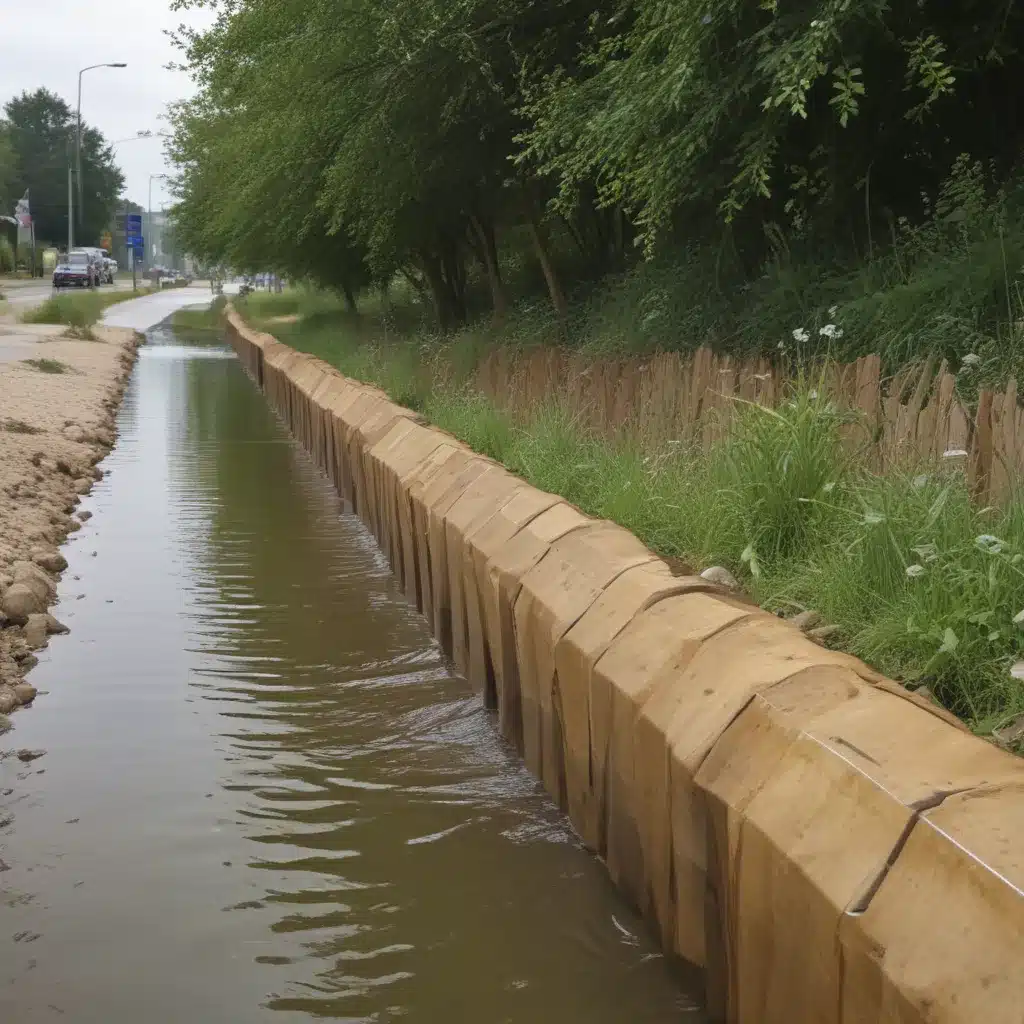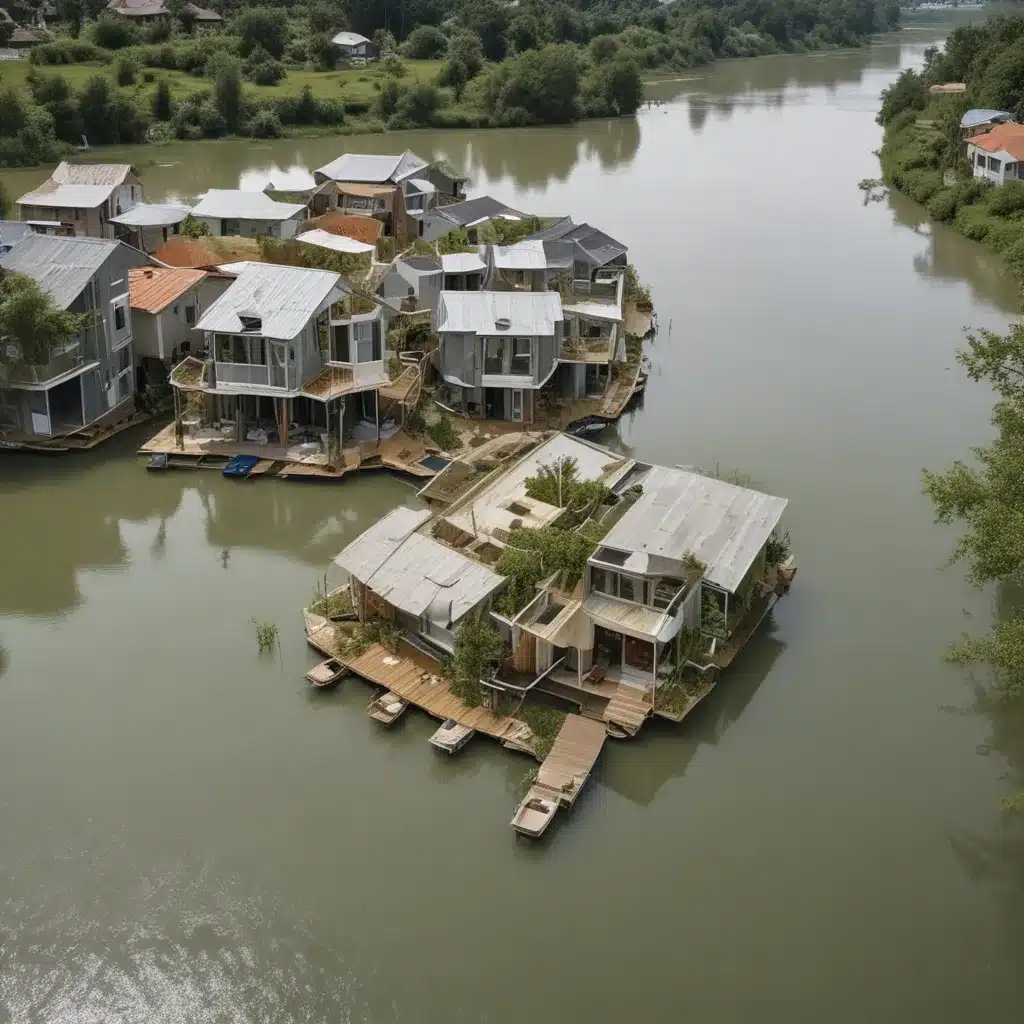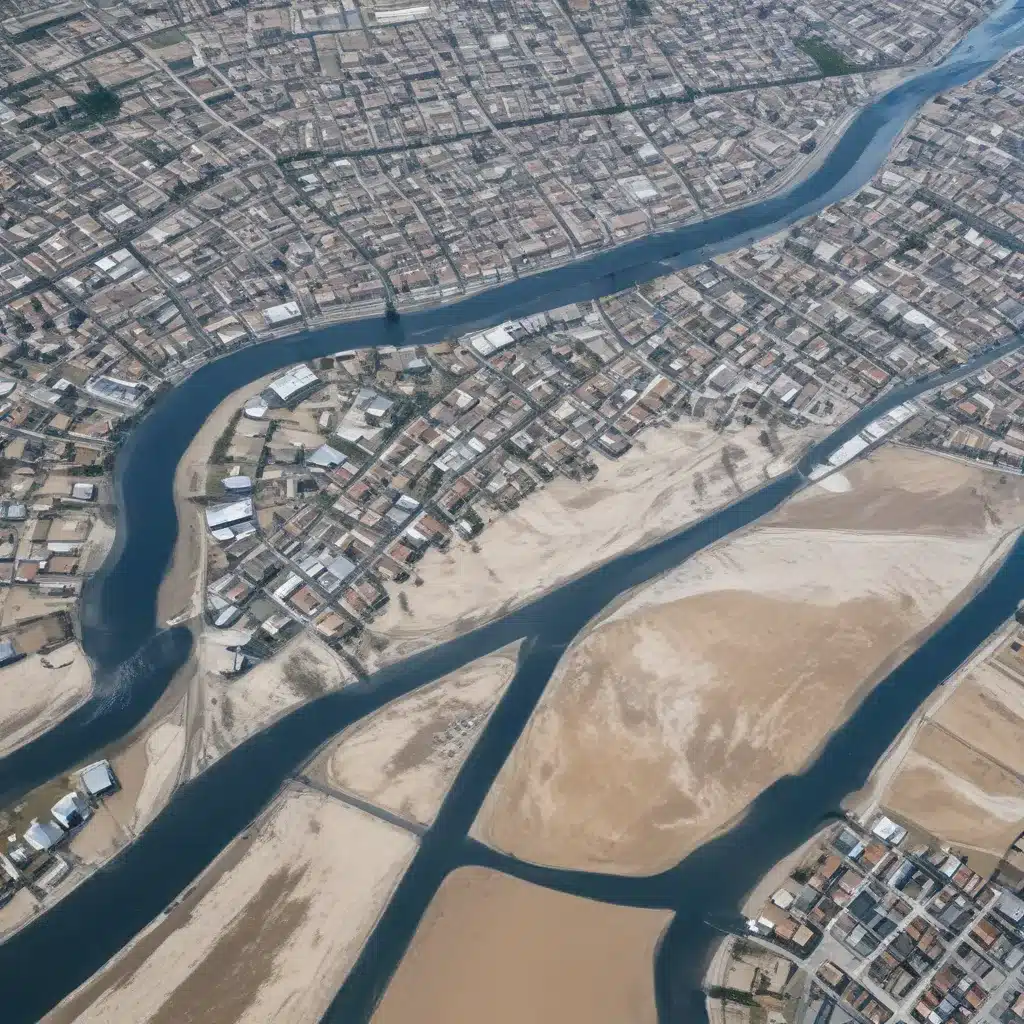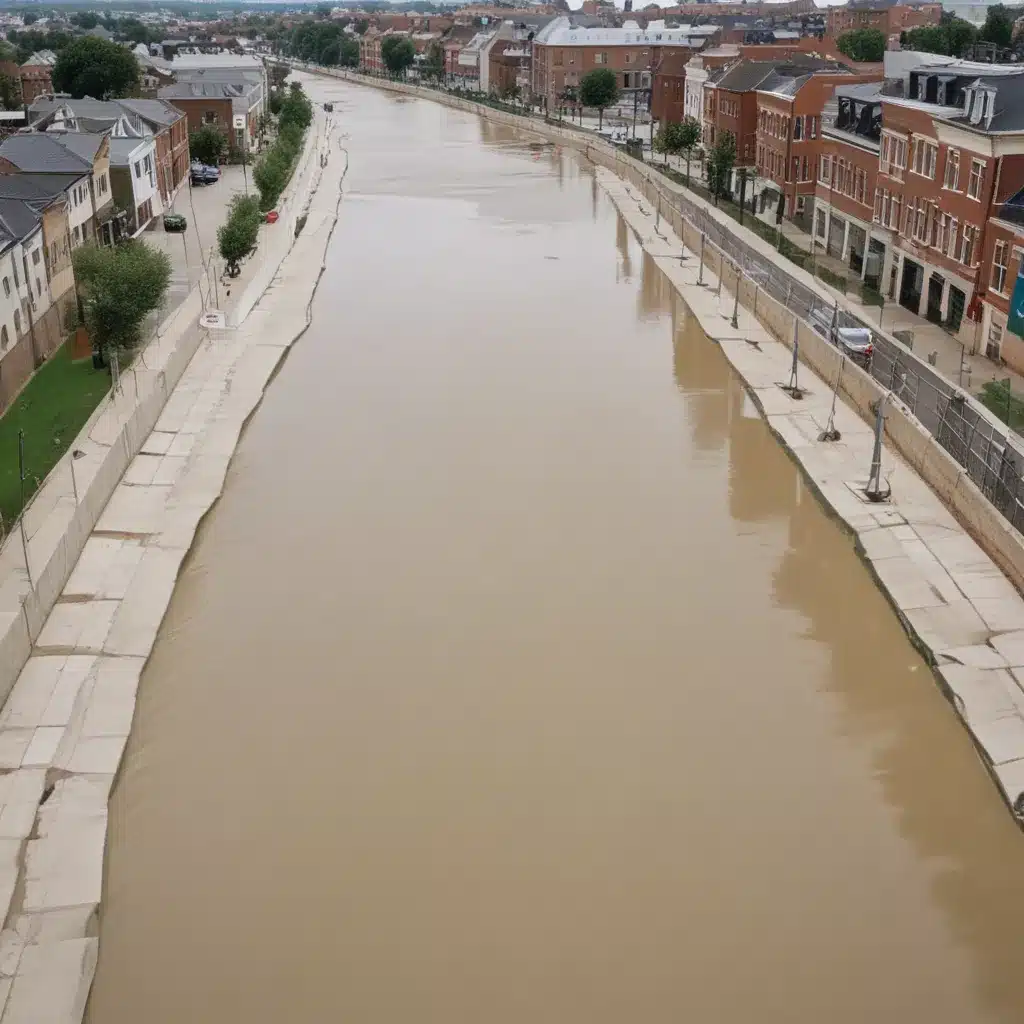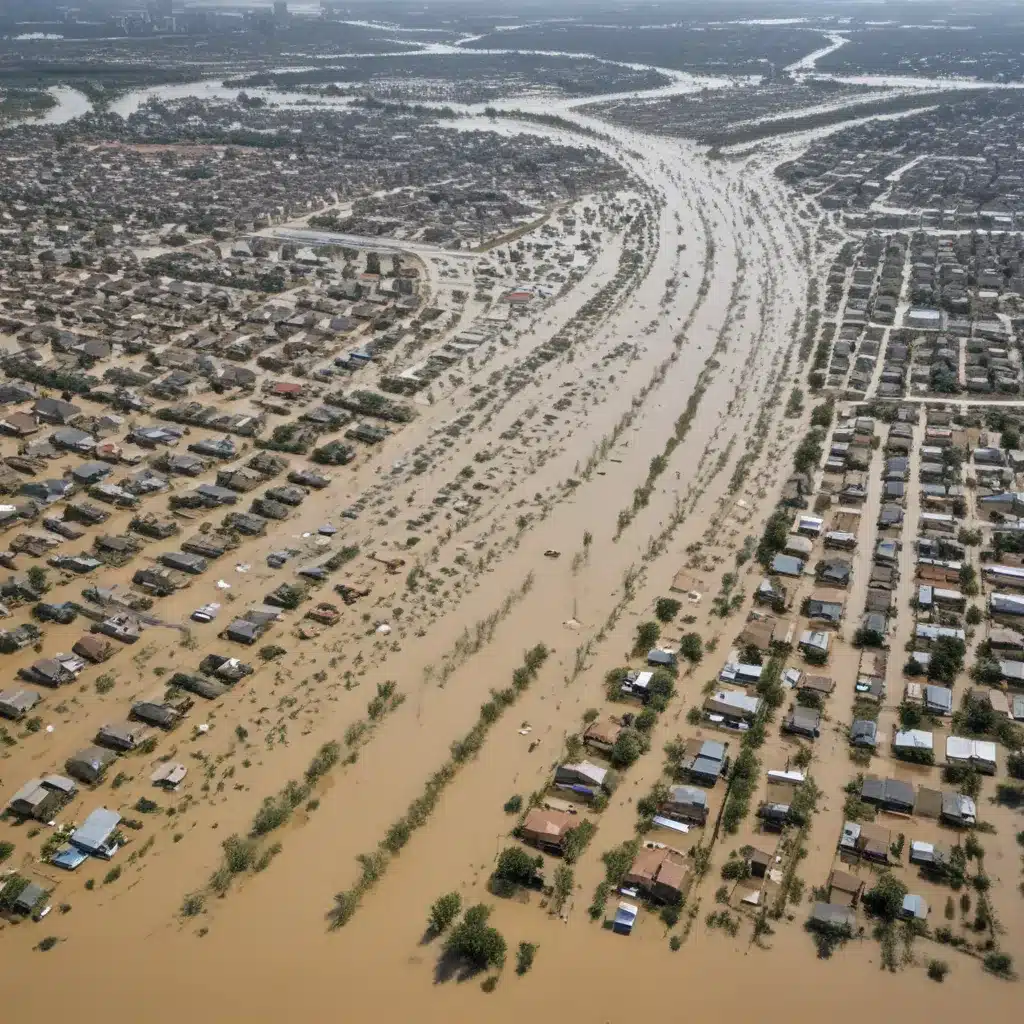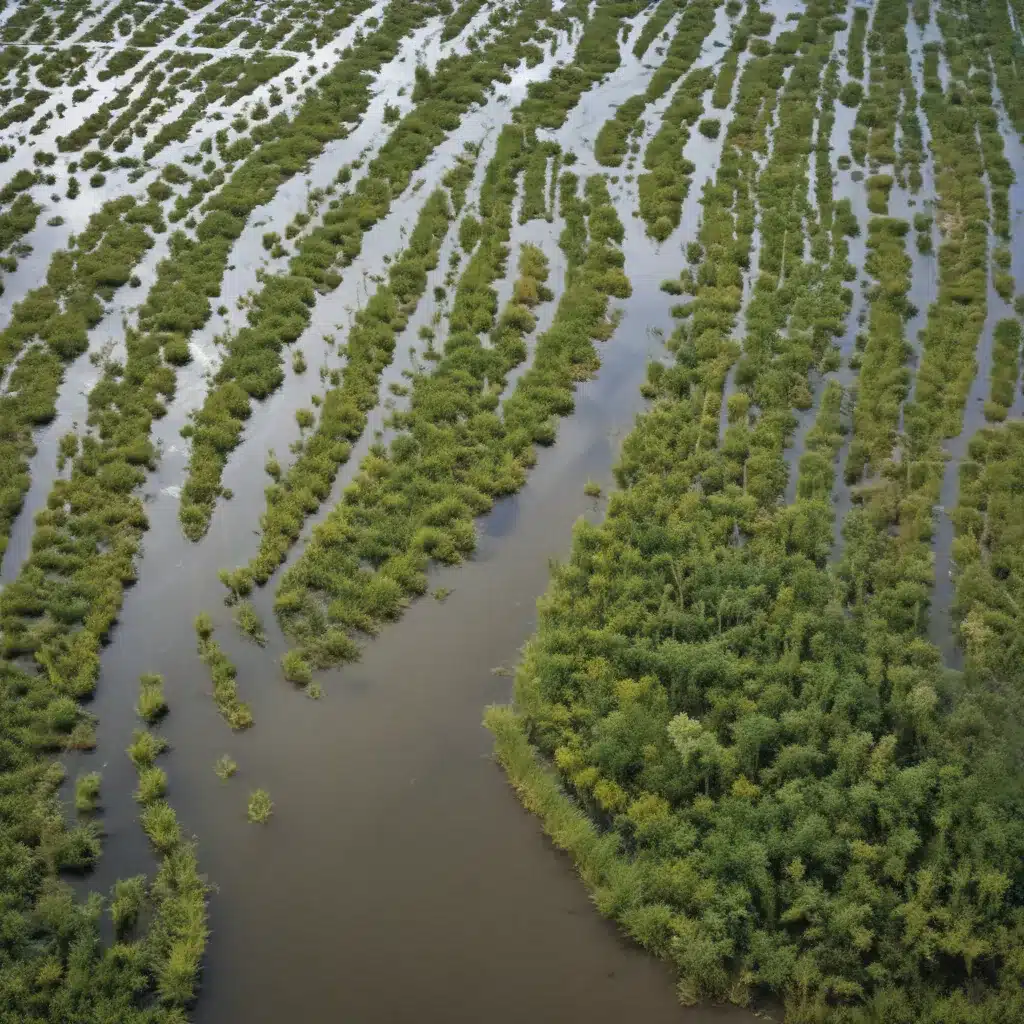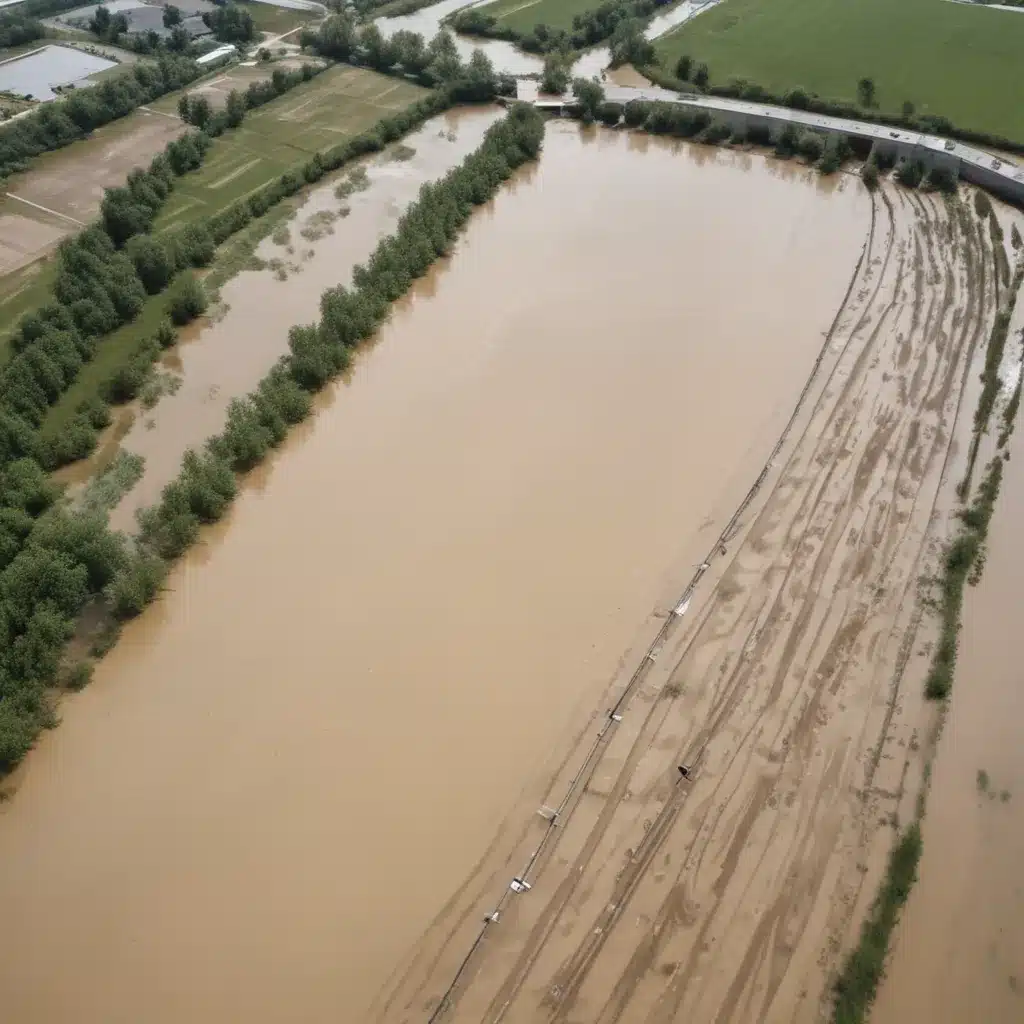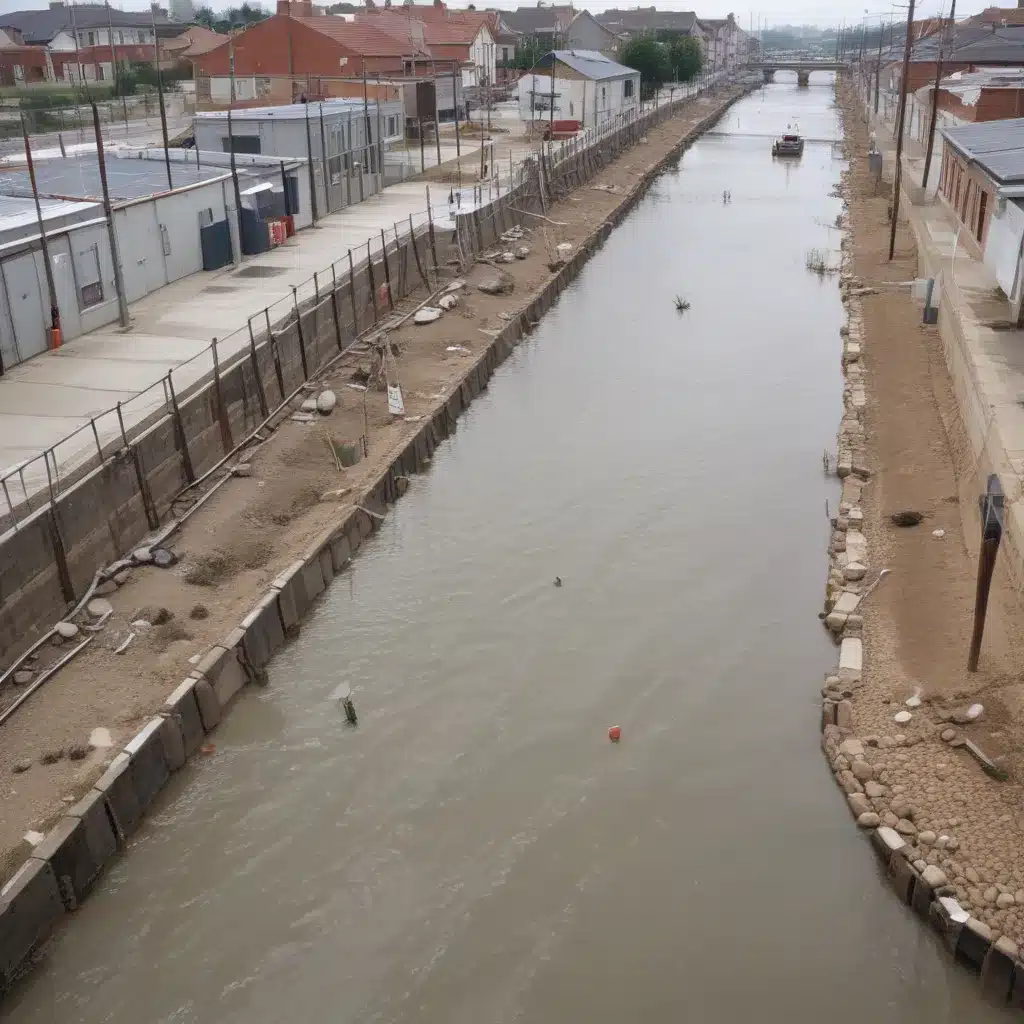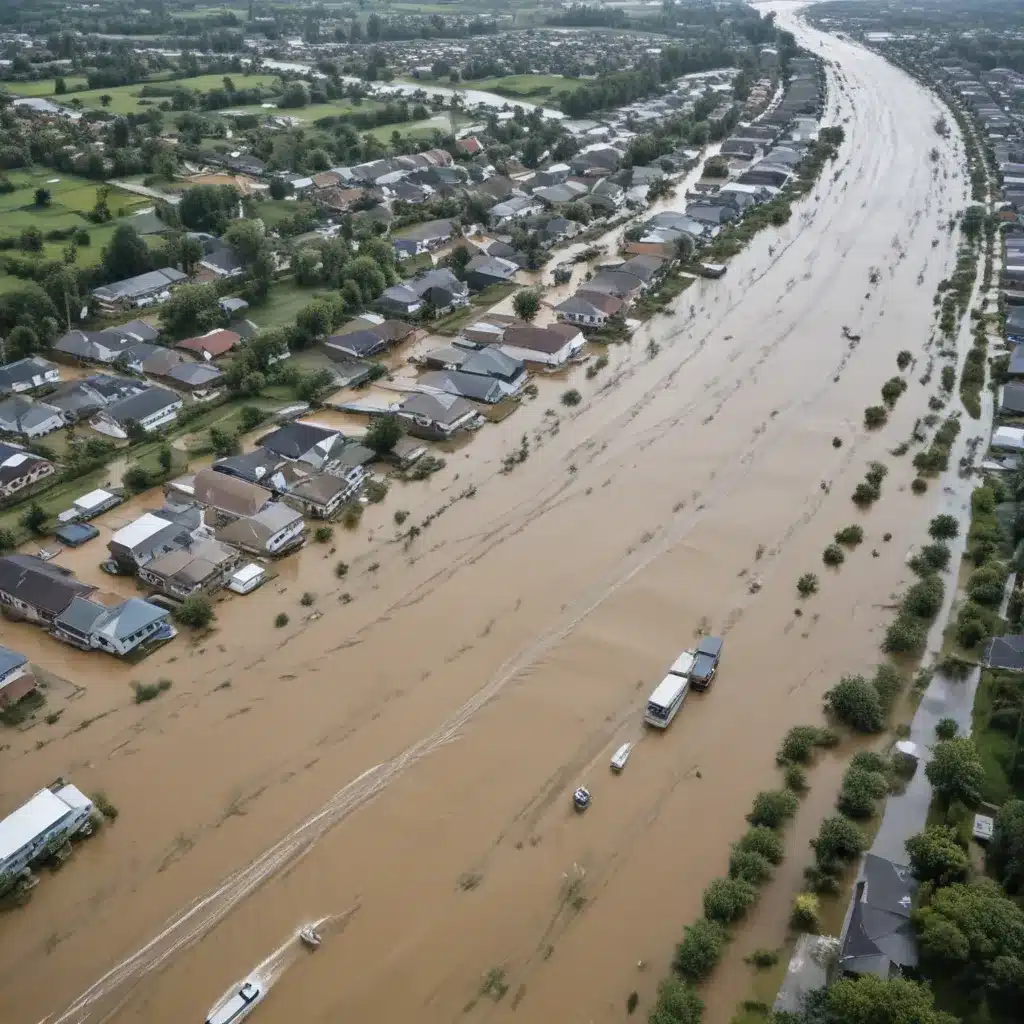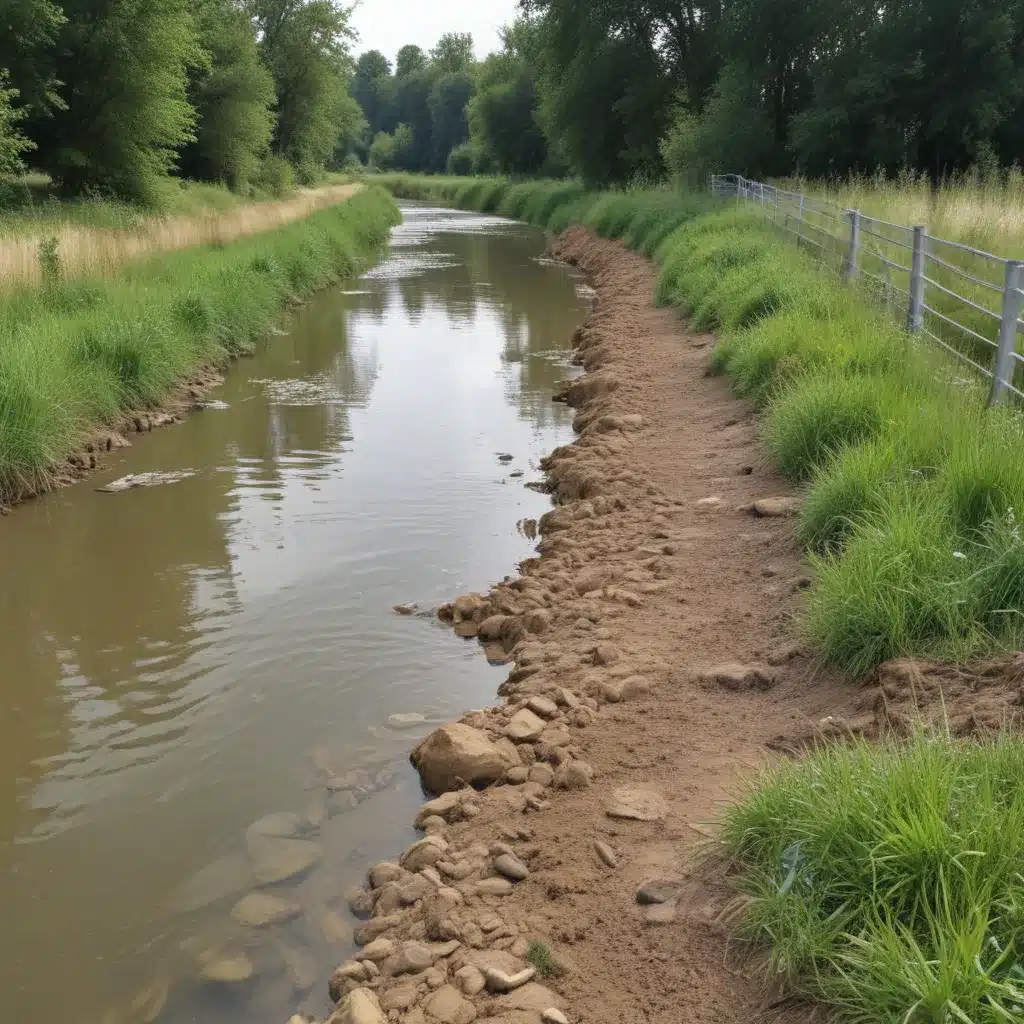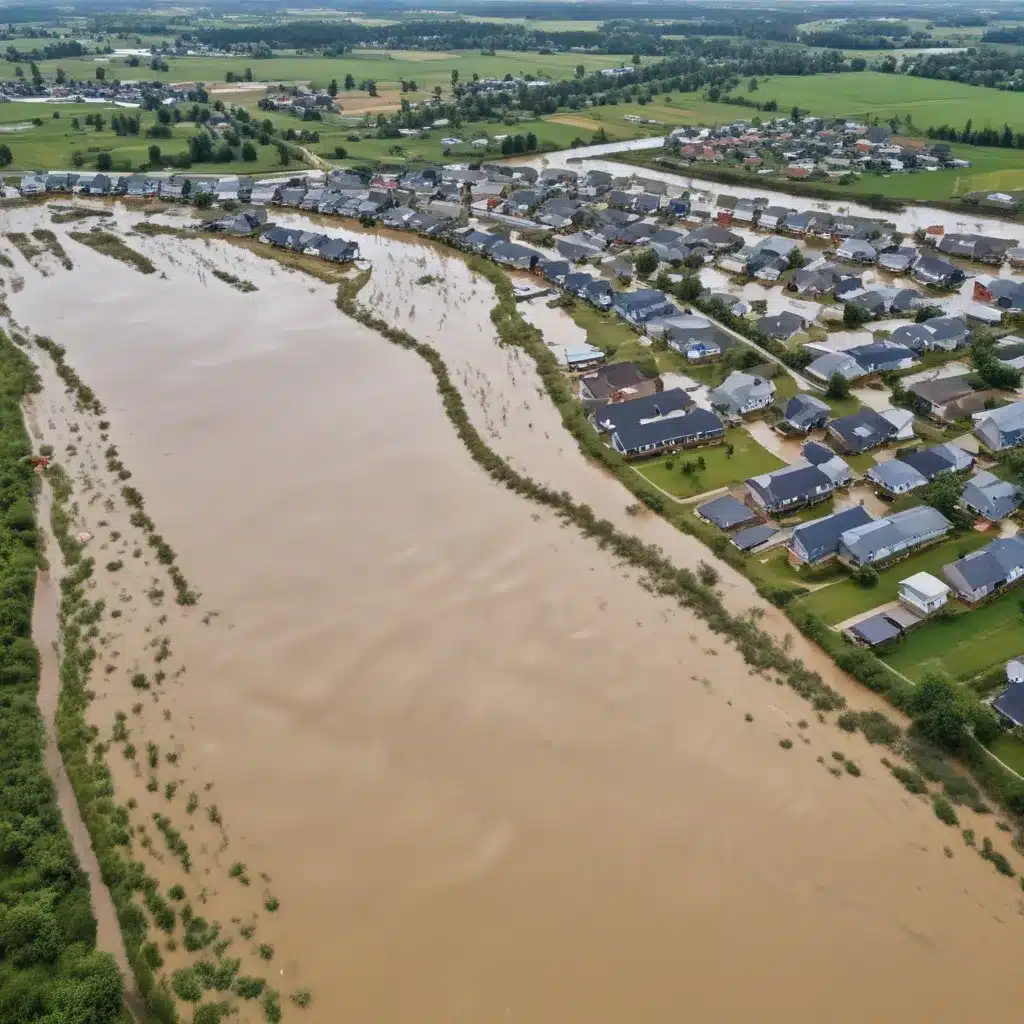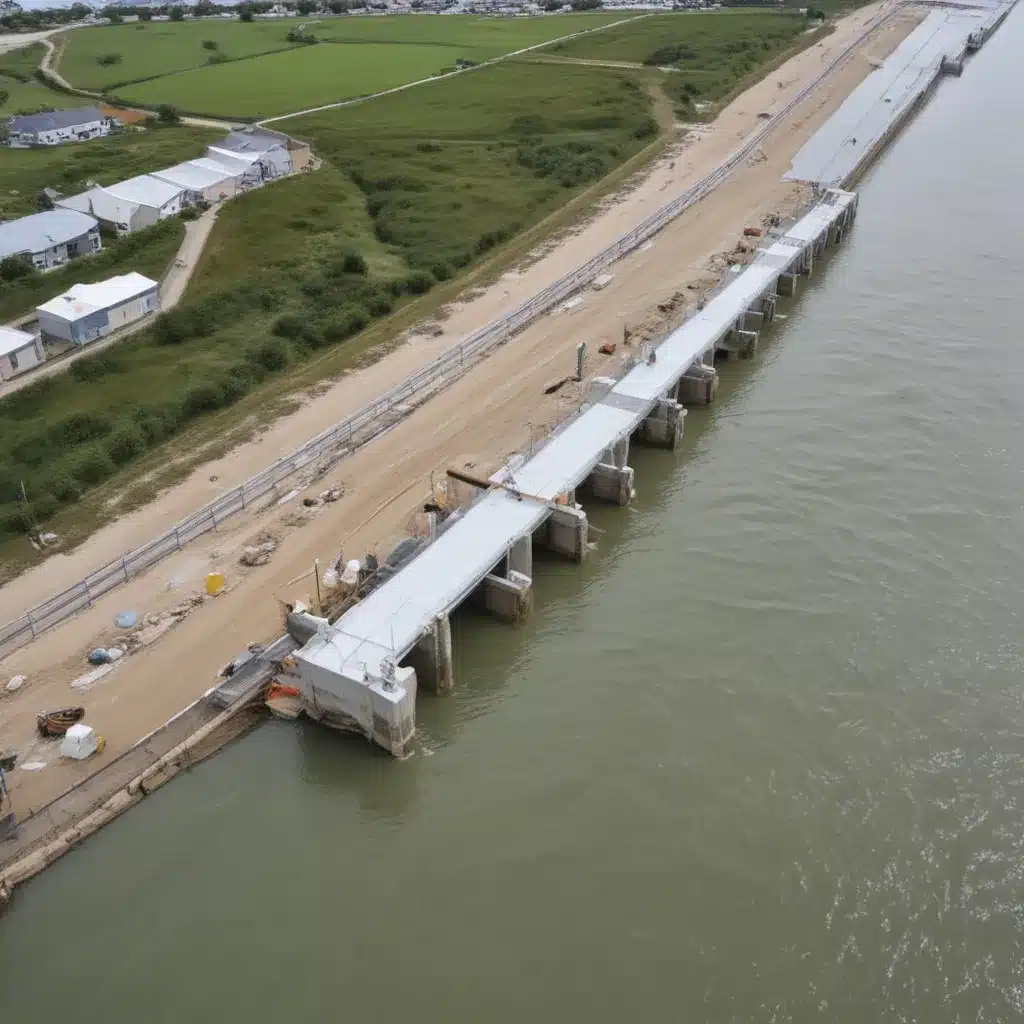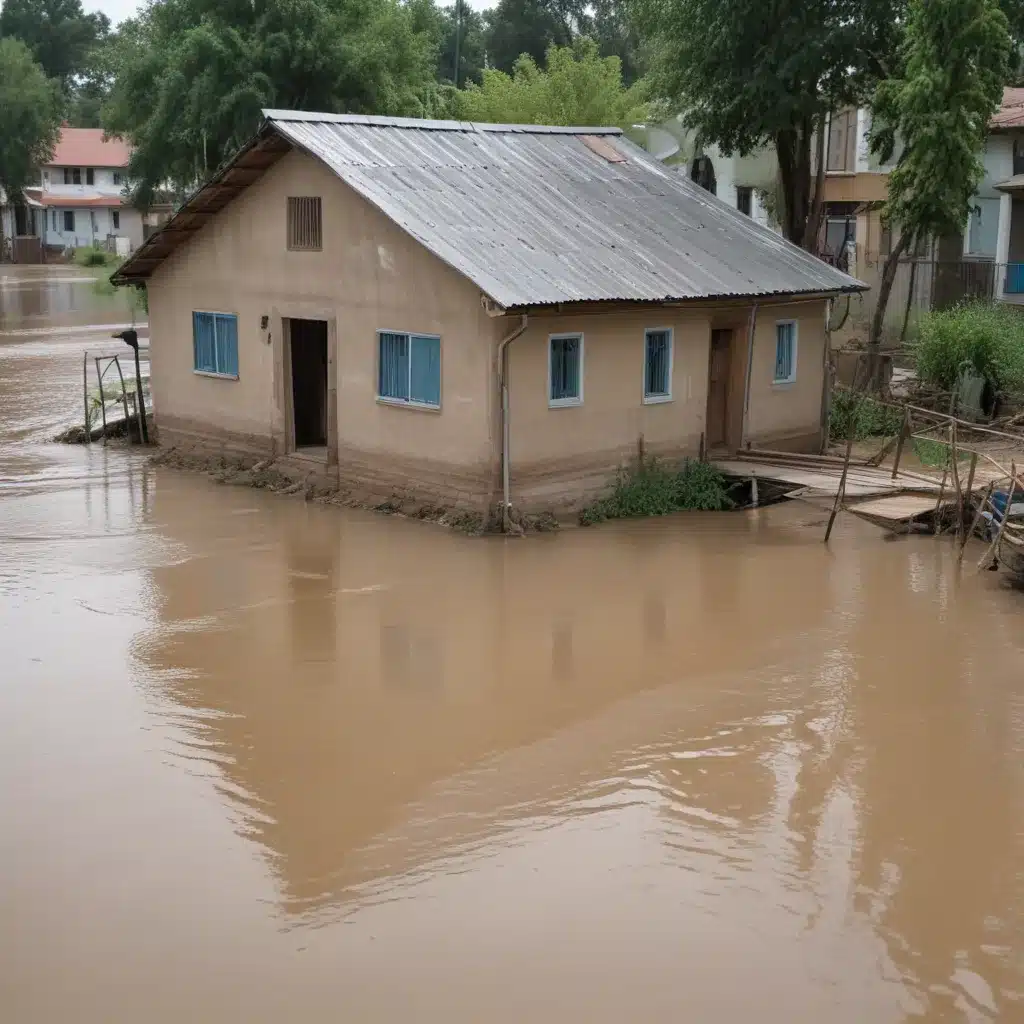When a major flood strikes, the road to recovery can be long and arduous. Communities are left devastated, homes and businesses destroyed, and lives upended. However, in the face of such adversity, innovative strategies can pave the way for effective rebuilding and a brighter future. In this article, we will explore groundbreaking approaches to post-flood recovery, focusing on resilience, community engagement, and sustainable solutions.
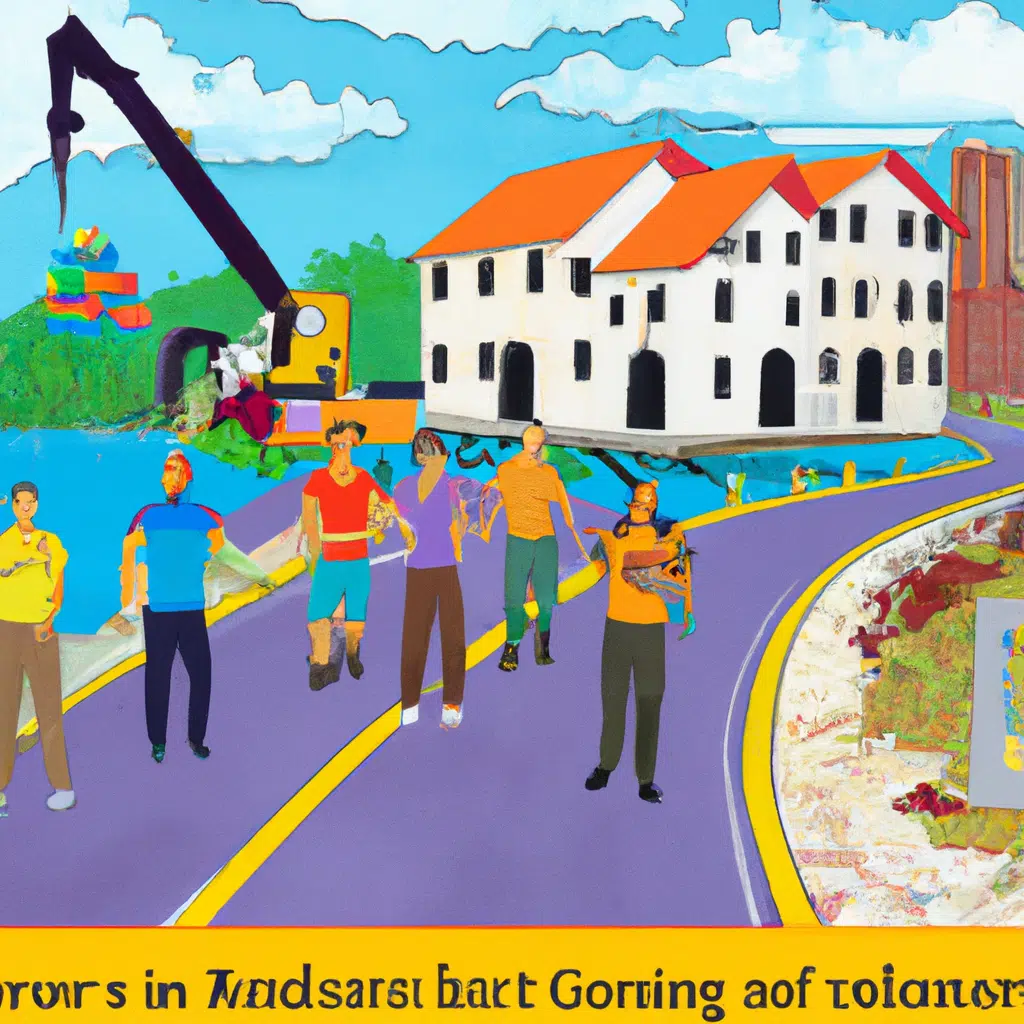
Understanding the Impact of Major Floods
Before delving into the strategies for rebuilding, it is crucial to comprehend the immense impact that major floods have on affected areas. Floods can cause extensive damage to infrastructure, disrupt essential services, contaminate water sources, and result in the displacement of residents. The road to recovery requires a comprehensive understanding of these challenges, coupled with a proactive mindset.
Building Resilience: Preparing for Future Floods
One of the key components of effective recovery is building resilience in flood-prone areas. By taking proactive measures to mitigate the impact of future floods, communities can minimize damage and expedite the recovery process. This can include:
1. Implementing Flood-Resistant Infrastructure
Investing in flood-resistant infrastructure is crucial for minimizing damage during future flood events. This can involve constructing levees, flood walls, and stormwater management systems that are designed to withstand the forces of nature. Additionally, integrating green infrastructure, such as rain gardens and bioswales, can help absorb excess water and reduce the risk of flooding.
2. Enhancing Early Warning Systems
Timely and accurate information is vital during a flood event. By improving early warning systems, communities can adequately prepare and evacuate residents in a timely manner. Utilizing advanced technologies like remote sensing, real-time monitoring, and predictive modeling can greatly enhance the accuracy and effectiveness of early warning systems.
3. Promoting Flood Insurance and Financial Preparedness
Flood insurance plays a critical role in post-flood recovery by providing financial assistance to affected individuals and businesses. Encouraging residents to obtain flood insurance coverage can help alleviate the burden of recovery costs. Additionally, community-based financial preparedness programs can educate individuals on the importance of emergency savings and financial planning in the face of natural disasters.
Engaging the Community: Harnessing Collective Strength
Community engagement is a powerful tool in the recovery process, as it fosters a sense of ownership, collaboration, and resilience. By involving residents, businesses, and local organizations, communities can leverage their collective strength and resources to expedite recovery efforts. Here are some innovative approaches to community engagement:
1. Establishing Community Task Forces
Creating community task forces comprised of diverse stakeholders can facilitate effective coordination and decision-making. These task forces can focus on various aspects of recovery, such as housing, infrastructure, economic development, and mental health support. By bringing together individuals with different expertise and perspectives, comprehensive and well-informed strategies can be developed.
2. Encouraging Volunteerism and Skill Sharing
Volunteerism plays a crucial role in rebuilding communities after a major flood. Organizing volunteer programs and mobilizing resources can provide much-needed support to affected areas. Additionally, encouraging skill sharing initiatives, such as workshops and training sessions, can empower individuals to actively contribute to the recovery process.
3. Leveraging Technology for Community Engagement
In today’s digital age, technology can serve as a powerful tool for community engagement. Platforms like social media, online forums, and mobile applications can facilitate communication, information sharing, and collaboration among community members. Utilizing these platforms can help streamline recovery efforts and ensure effective dissemination of vital information.
Embracing Sustainability: Building a Better Future
In the aftermath of a major flood, it is essential to embrace sustainable solutions that not only rebuild communities but also mitigate the risk of future disasters. By prioritizing sustainability, communities can create a resilient and environmentally conscious future. Here are some innovative strategies to consider:
1. Implementing Green Infrastructure
Green infrastructure, such as permeable pavements, green roofs, and urban forests, can help manage stormwater runoff, reduce flood risks, and enhance overall environmental quality. By incorporating nature-based solutions into the recovery process, communities can create greener and more sustainable urban environments.
2. Promoting Energy Efficiency and Renewable Energy
Rebuilding after a major flood presents an opportunity to embrace energy-efficient and renewable technologies. By investing in energy-efficient buildings, renewable energy sources, and smart grid systems, communities can reduce their carbon footprint and build a more sustainable future.
3. Integrating Climate Change Adaptation Strategies
As climate change continues to exacerbate the frequency and intensity of extreme weather events, it is crucial to integrate climate change adaptation strategies into post-flood recovery plans. This can include considering future climate projections, implementing flood-resistant designs, and developing emergency response plans that account for changing weather patterns.
Conclusion
Rebuilding after a major flood requires innovative strategies that prioritize resilience, community engagement, and sustainability. By implementing flood-resistant infrastructure, enhancing early warning systems, and promoting financial preparedness, communities can better prepare for future floods. Engaging the community through task forces, volunteerism, and technology can harness collective strength and expedite recovery efforts. Embracing sustainability by implementing green infrastructure, promoting energy efficiency, and integrating climate change adaptation strategies will build a better future. With these innovative approaches, we can pave the road to recovery and create more resilient, vibrant, and sustainable communities in the face of adversity.

